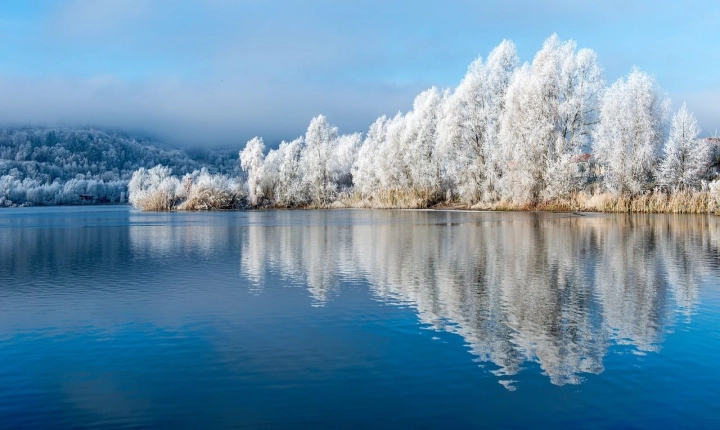Artificial intelligence (AI) has revolutionized many aspects of our society, and the world of art is no exception. From generating new forms of visual and auditory art to aiding in the creative process, AI technologies are significantly impacting artists and the way they approach their work.
One of the most profound ways in which AI is influencing the art world is through the creation of original artworks. AI algorithms are capable of producing stunning visual art, music, and even literature. These technologies can analyze existing pieces of art and then generate completely new works based on the patterns and characteristics of the original pieces. This has led to a new genre of art known as “AI art,” which has been featured in galleries and museums around the world.
AI tools can also serve as valuable resources for artists seeking inspiration and guidance. For example, some artists use AI to generate random patterns or designs that can spark new ideas or help them break through creative blocks. Additionally, AI-powered software can analyze and categorize large volumes of artistic data, enabling artists to better understand trends and preferences within their field.
Furthermore, AI is playing a significant role in the marketing and distribution of art. Through advanced algorithms, AI can help artists identify potential audiences for their work, tailor their marketing strategies, and predict trends in the art market. This has the potential to expand the reach and impact of artists, especially those who may struggle with self-promotion or have limited resources for marketing their work.
However, while the influence of AI on the art world is undeniable, it has also raised some concerns and ethical issues. Some artists worry that AI-generated art may devalue human creativity or lead to the loss of originality in the artistic process. There are also questions surrounding the ownership and copyright of AI-generated art, as well as the potential for AI to perpetuate biases and stereotypes present in existing art data.
Ultimately, the impact of AI on artists is a topic of ongoing discussion and exploration. As AI technology continues to advance, it is critical for the art community to understand both the opportunities and challenges that arise from these developments. By embracing AI as a tool for creativity, artists have the potential to push the boundaries of what is possible in the world of art and inspire new forms of expression and innovation.
